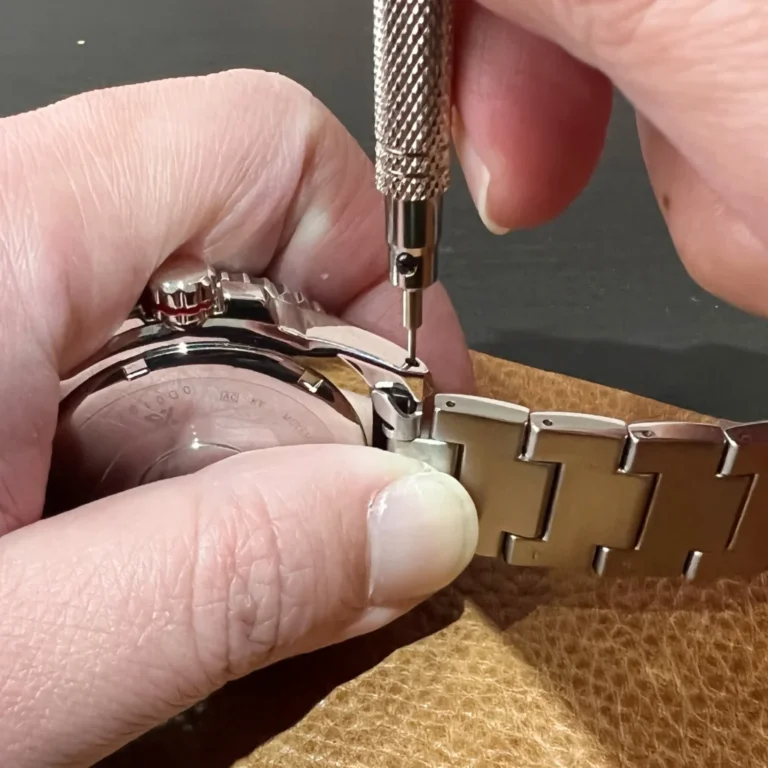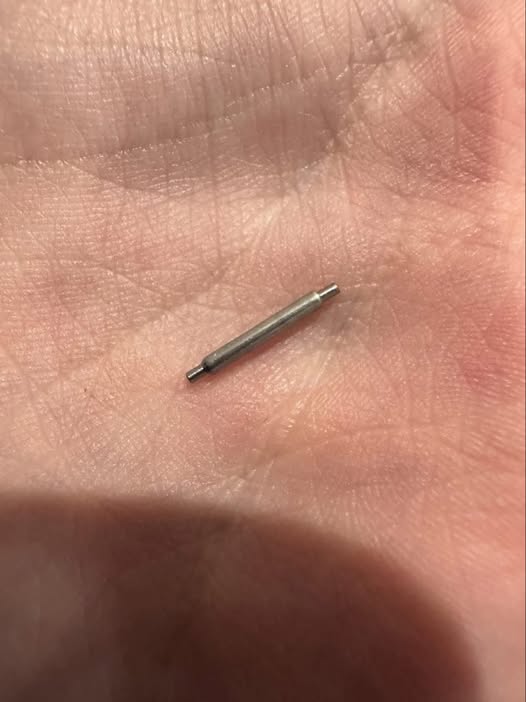We all have that one drawer in the kitchen or the garage. It is the “junk drawer,” a chaotic collection of rubber bands, batteries, and the inevitable mystery metal object. It sits there, small, shiny, and completely silent, demanding you figure out its purpose. It has no buttons, no screen, and often no markings. You don’t want to throw it away because the moment you do, you will realize it was the critical component for something expensive.
Identifying these strange little artifacts has become a modern pastime. From Reddit threads dedicated to “What Is This Thing” to Google Lens searches, we are constantly trying to decode the industrial world around us. But often, that tiny piece of metal is a marvel of engineering hiding in plain sight.
The Most Common Culprit: The SIM Ejector Tool
If the object is a small, thin piece of metal with a loop on one end and a needle-like point on the other, you are likely holding a SIM card ejector tool. In the modern era of smartphones, this is the most common mystery item found in homes.
Manufacturers include them with every new phone, yet they are easily lost or forgotten. While it looks like a simple scrap of metal, its dimensions are precise. It is designed to trigger a mechanical lever inside your phone to release the tray. Without it, a simple data transfer from an old phone to a new one becomes a frustrating ordeal involving bent paperclips and potential damage to the device.
The Engineering Behind the “Junk”
Why do these objects puzzle us? It is because modern design hides complexity. In the past, machinery was exposed; you could see the gears and levers. Today, devices are sleek and sealed. The components that make them work—brackets, tension pins, and specialized keys—are hidden until they fall out.
Consider the “cam lock” often found in flat-pack furniture. It is a small, cylindrical piece of metal with a cross or slot on top. To the untrained eye, it looks like a broken bolt. To an engineer (or anyone who has assembled a bookshelf), it is a brilliant fastener that uses rotational force to pull two boards together securely. Understanding these parts often requires the kind of practical knowledge once taught in school shop classes, which have unfortunately vanished from many curriculums.
How to Identify Your Mystery Object
If you are staring at a piece of metal and can’t figure it out, technology is your friend. Modern image recognition software has revolutionized how we identify physical objects.
-
Google Lens: Simply snap a photo, and the AI analyzes the shape and texture to find matches across the internet.
-
Reverse Image Search: Uploading a picture to a search engine can often lead you to eBay listings or replacement part catalogs.
-
Online Communities: Forums like Reddit’s r/whatisthisthing are populated by experts, from mechanics to historians, who can identify obscure tools in minutes.

Why You Shouldn’t Throw It Away
There is a financial argument for keeping these mystery items. Often, that “useless” piece of metal is a specialized tool required for the maintenance of a high-value asset. For example, high-end appliances often come with “shipping bolts” or specialized wrenches. If you move houses and need to transport a washing machine, those bolts are essential to keep the drum from smashing during transit.
If you throw them away and the appliance breaks during a move, your home insurance might not cover the damage if it was caused by improper packing. Keeping these small parts organized can save you hundreds of dollars in replacement costs or professional repair fees later down the road.
The Joy of Curiosity
Ultimately, these objects are reminders of the physical world we live in. We spend so much time on digital screens that holding a cold, machined piece of steel can feel grounding. It sparks curiosity. It invites us to ask, “How was this made?” and “What problem does this solve?“
So, the next time you find a strange metal key or a weirdly shaped bracket, don’t toss it in the trash. It might just be the most important thing you own—you just don’t know it yet.



